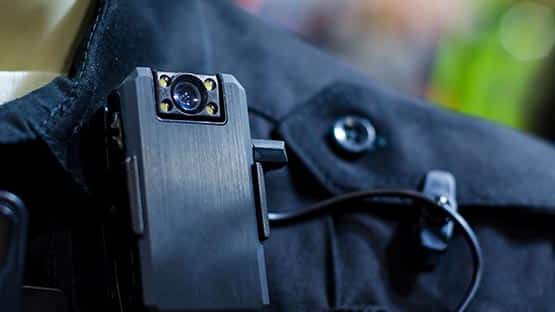
While the term “invasive plants, pests and diseases” may not be familiar to every Virginian, the effects of invasive species in our state should be of concern to all of us. Once invasive pests become established, they can grow and spread rapidly, often because they have no natural predators in their new environment. Invasive species such as the Asian longhorned beetle, emerald ash borer, gypsy moth and imported fire ant wreak havoc on the environment, displacing or destroying native plants and insects, severely damaging crops and causing the closure of foreign markets to those U.S. products that originated in infested areas. Invasive pests cost landowners, industry and the U.S. government millions of dollars to control, so taking steps to prevent their introduction is the most effective method of reducing both the risk of invasive species infestations and the cost to control and mitigate those infestations.
Virginians can help reduce the spread of invasive pests and plants into the Commonwealth by following these simple steps:
- Don’t move firewood over long distances as it can be a carrier of invasive insects and diseases. Use only firewood that originates from the area where it will be burned. Gypsy moth egg cases and emerald ash borer larvae can hitch a ride with the firewood and start infestations in new areas.
- Before leaving a work or recreational site, look for and remove any insects or seeds and other plant parts that might be attached to your equipment, boots, gear, truck bed and tires to make sure you are not spreading invasive pests to a new location.
- Consult with your local nursery or master gardener to help you select plants that are not invasive for your landscaping and gardening projects.
- Buy local. A wide variety of beautiful native plants that thrive in your local environment are available at local nurseries and garden centers.
- Don’t plant seeds of invasive plants in wildlife food plots.
- Always declare any plant material brought into the country when returning from a trip abroad.
If you suspect you have an invasive pest in your area, contact VDACS’ Office of Plant and Industry Services at 804.786.3515, USDA’s Animal and Plant Health Inspection Service (APHIS) at 804.226.5262 oryour local Virginia Cooperative Extension Service agent at ext.vt.edu/offices/index.html.
More information on invasive plants, pests and diseases can be found on USDA’s Hungry Pests website at hungrypests.com.










